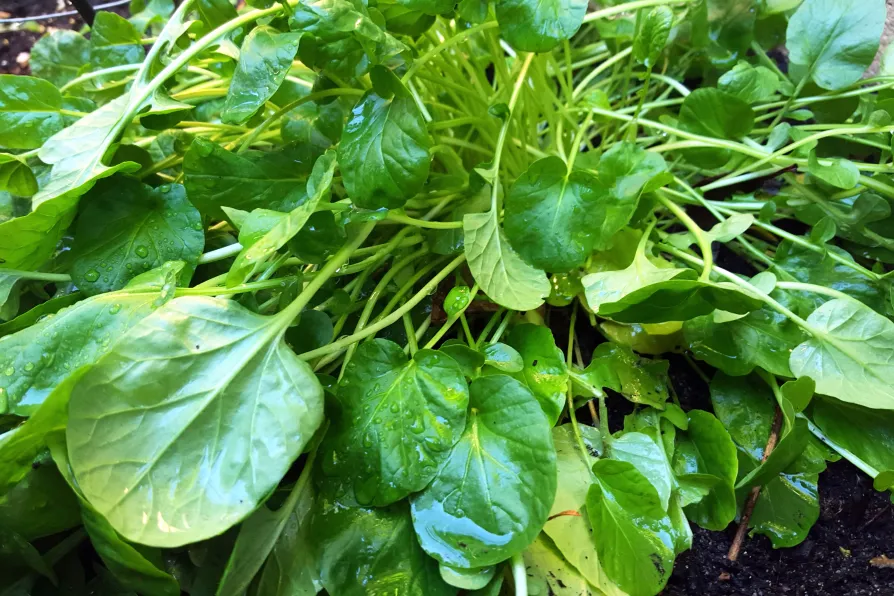Once the bustling heart of Christian pilgrimage, Bethlehem now faces shuttered hotels, empty streets and a shrinking Christian community, while Israel’s assault on Gaza and the tightening grip of occupation destroy hopes of peace at the birthplace of Christ, writes Father GEOFF BOTTOMS
Forget watercress – give land cress a try
Gardening with MAT COWARD

 [Philip Kindleysides/Creative Commons]
[Philip Kindleysides/Creative Commons]
LAND CRESS is usually described as an alternative to watercress, but I think that undersells it.
It’s an excellent autumn and winter vegetable in its own right, raw in salads and sandwiches or cooked in soups and pasta sauces. Fair enough, though — it does taste a lot like watercress.
Sometimes listed in seed catalogues as American cress, it’s best sown in July or August, and is generally regarded as an easy crop.
Similar stories

MAT COWARD sings the praises of the Giant Winter’s full-depth, earthy and ferrous flavour perfect for rich meals in the dark months

MAT COWARD presents a peculiar cabbage that will only do its bodybuilding once the summer dies down

MAT COWARD rises over such semantics to offer step by step, fool-proof cultivating tips

MAT COWARD battles wayward pigeons in pursuit of a crop of purple sprouting broccoli










